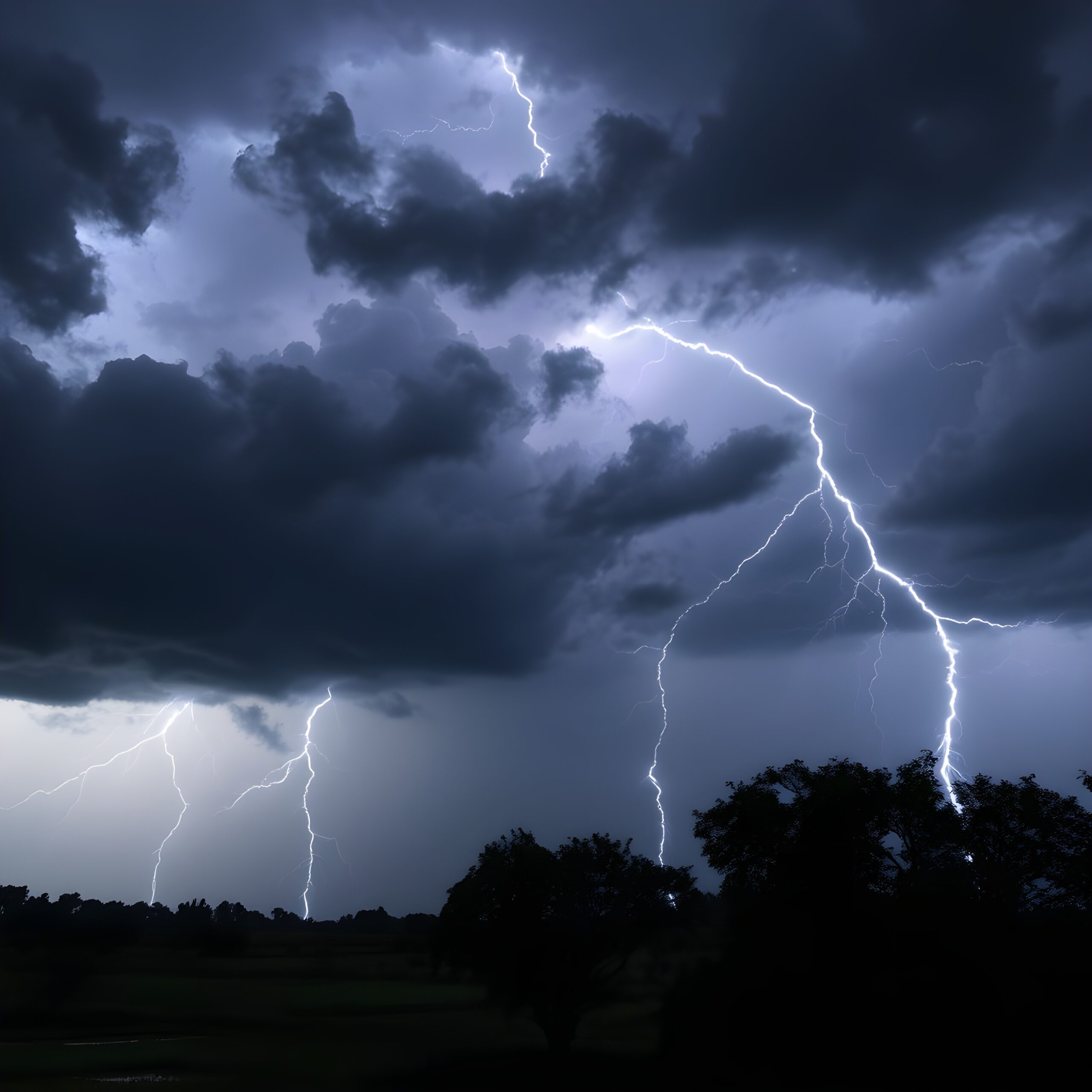Lightning is one of nature’s most powerful—and underestimated—hazards. Striking the Earth over 100 times per second globally, lightning causes injuries, property damage, equipment loss, and even fatalities every year. For businesses, homeowners, and tech users, managing this risk is essential for safety and continuity.
Here’s how to reduce the risk of lightning-related incidents across three key areas:
1. Business Protection: Planning and Infrastructure
Lightning can result in fires, equipment loss, and costly downtime for businesses, especially those with large facilities, outdoor operations, or sensitive equipment.
Best practices include:
-
Install a lightning protection system (LPS): These systems include lightning rods, grounding mechanisms, and surge protectors designed to safely redirect energy into the ground.
-
Surge protection for critical systems: Ensure servers, security systems, and HVAC equipment are connected to surge suppressors or uninterrupted power supplies (UPS).
-
Emergency response planning: Incorporate lightning protocols into your safety training, including shelter locations and shutdown procedures for outdoor crews.
Industries such as construction, energy, agriculture, and logistics are especially vulnerable and should have detailed storm safety policies in place.
2. Personal Safety: Awareness and Fast Action
For individuals, especially outdoor workers or those recreating during summer months, the key to lightning safety is awareness and timing.
Follow the 30/30 Rule:
-
If thunder follows lightning in 30 seconds or less, seek shelter immediately.
-
Wait at least 30 minutes after the last thunderclap before resuming outdoor activity.
Other essential tips:
-
Avoid tall objects, open fields, and water.
-
Never take shelter under a tree.
-
If indoors, avoid plumbing, corded phones, and metal-framed windows.
3. Technology and Equipment: Shielding Your Systems
Lightning doesn’t need a direct hit to cause damage. A nearby strike can send a surge through power or data lines and destroy electronics in seconds.
Protective steps include:
-
Use surge protectors and grounded outlets for all devices.
-
Unplug non-essential equipment during storms.
-
Store critical electronics off the ground and away from windows to avoid water and wind damage.
-
Back up data regularly using cloud or off-site solutions.
Lightning may be a natural phenomenon, but the damage it causes is very real—and often preventable. By applying thoughtful risk management practices across personal, business, and tech settings, you can reduce the threat and weather the storm with confidence.

